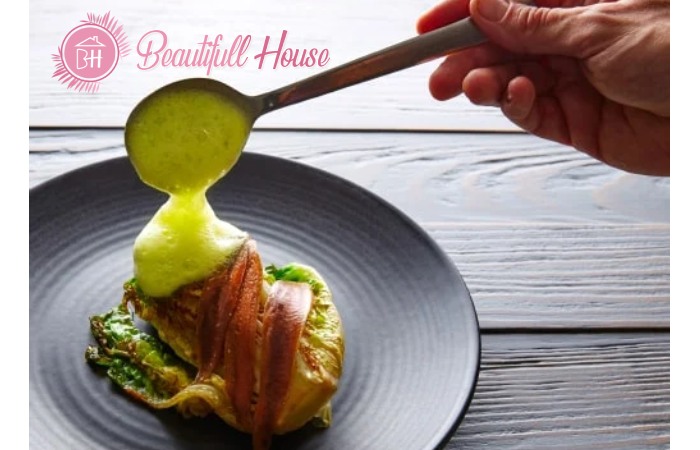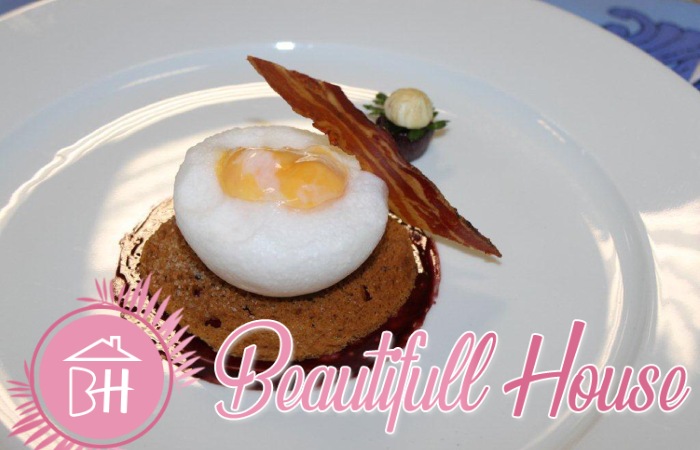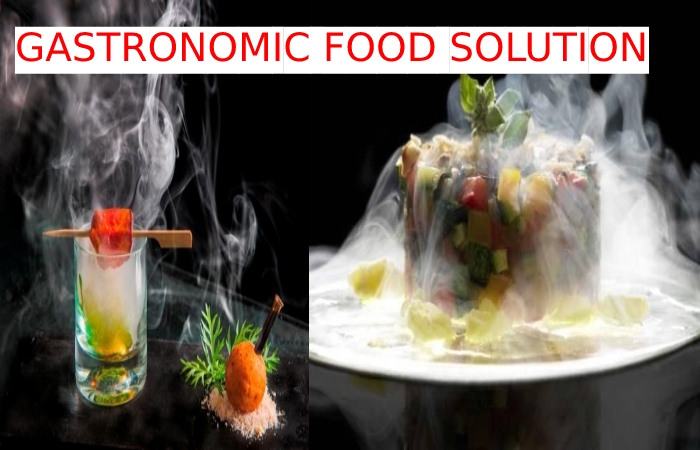Table of Contents
Gastronomic Food Solutions
Gastronomic Food Solutions Gastronomy is a branch of food science that focuses on the physical and chemical processes of cooking.
These processes and interactions are explored to yield flavourful, functional, and artistic results. Molecular gastronomy methods are usually practical in restaurants or experimented with at home.
Molecular Gastronomic Food Solutions
Food science is the more considerable discipline that includes molecular gastronomy. Like molecular cuisine, food science also concerns the physical, biological, and chemical arrangement of ingredients. ‘
However, it deals with how the design pertains to production, nutrition, deterioration, and food safety at the industrial and mass food production levels. On the other hand, molecular gastronomy intends culinary understanding and experimentation of dishes in restaurants and homes.
How Does Molecular Gastronomic Food Solution Work?
Molecular gastronomy works because of the connections of different ingredients that cause various effects. Every recipe has underlying bodily, biological, and chemical devices that make the dish turn out as intended.
Example of Molecular Gastronomy: A souffle “expands” instead of being attractive like a pancake due to the proteins that make up egg whites. When the egg whites are beating, tiny air lathers are created, which expand when animated. The mixture of the heating and setting of the egg proteins and air bubbles causes inflation.
Souffle is a standard recipe, but molecular gastronomy also identifies new and innovative mechanisms and outcomes.
Molecular Gastronomy Techniques
The term is very often associated with chefs wielding liquid nitrogen, pipettes, edible gels, blowtorches, and other apparatus usually used in a laboratory.
Molecular gastronomy also educations heat conduction, convection and transfer, physical aspects of food/liquid communication, flavour stability, solubility problems, dispersion, and texture/flavour relationship. It is often all about integrating what is already known into something new.
Sympathetic, the science of cooking can lead to unexpectedly delicious and seemingly bizarre dishes.
Emulsification by Gastronomic Food Solution
To create foams or “airs” that dissolve in the mouth, you can use a hand mixer to mix soy lecithin with your select ingredient. Create balsamic foam to pair with mozzarella and love apple, or top a cocktail with citrus “air.”

Specification
The specification is creating soft, squishy spheres that resemble pearls or caviar eggs. This technique uses calcium chloride and alginate, which gel when combined. One everyday use of specification is to make bursting boba for bubble tea. Meat Gluing with Transglutaminase
Transglutaminase, or essence glue, is an enzyme that is often used to bind together bits of meat, chicken, or fishbone. You can too use it to brand an even mixture of dissimilar roots. Make slices of bacon spirals, combine several fish types in a bar, check red or other patterned arrangements.
Gasification
Using agents such as agar-agar or carrageenan, you can alter fluids and liquified foods into gels. Use it to make noodles for an entre or other unique shapes in a speciality dessert or appetizer.
Molecular Gastronomic Food Solution Important

Molecular gastronomy is essential because it bridges food and food preparation’s social, artistic, and technical ramifications. By studying the science behind different culinary procedures or methods, chefs and scientists can understand why specific products happen. In this way, they are improved able to replicate favoured effects.
Molecular cuisine enables chefs, scientists, and others to experiment with food techniques and, in many cases, to create a shared social experience of culinary innovation and delight. Molecular gastronomy can also settle or refute consequential old-style culinary theories.
For example, it was before thought that strawberries would lose their flavour if washed.
Some Important Value of Gastronomic Food Solution
Climatology and Weather Forecasting is essential since it helps determine future climate expectations. Through latitude, one can determine the likelihood of snow and hail reaching the surface. You can also identify the thermal energy from the sun that is accessible to a region.
Climatology is different. Climatology is the scientific study of climates, which is defined as the mean weather conditions over a period of time. A branch of study within atmospheric sciences also considers the variables and averages of short-term and long-term weather conditions.
Tools and Ingredients
Tools
Liquid nitrogen for flash freezing without permitting the creation of large ice crystals. Also used for cold and shattering
Anti-griddle (chilled metal top) for refrigeration and freezing
Well-controlled water baths for low-temperature culinary
Food dehydrator
Centrifuge
Syringe, for injecting unforeseen contents
Ultrasound
Blankness machine
Pressure cookers
pH meters
Tabletop distilleries
Ingredients
Gelling agents similar to methylcellulose
Sugar substitutes
Emulsifiers like soy lecithin and xanthan gum
Non-stick agents
Enzymes, for example, transglutaminase – a protein binder, and also called meat glue
Carbon dioxide, for adding bubbles and creation foams
Hydrocolloids such as starch, gelatine, pectin and also natural gums – used as thickening agents, gelling agents, emulsifying agents and stabilizers, occasionally needed for foams
Conclusion
A molecular gastronomy kit includes different tools, elements, and also occasionally a recipe booklet so that you can experiment with molecular gastronomy methods. Many kits include melds, spoons, syringes. pipettes, and also sachets of agar-agar, calcium lactate, sodium alginate, and soy lecithin.
Molecular gastronomy offers a platform for chefs and also home bakers alike to experiment and also share unique dishes around the table. Consider joining molecular gastronomy dishes into your following restaurant menu, or add a technique to an appetizer at your next dinner party.


